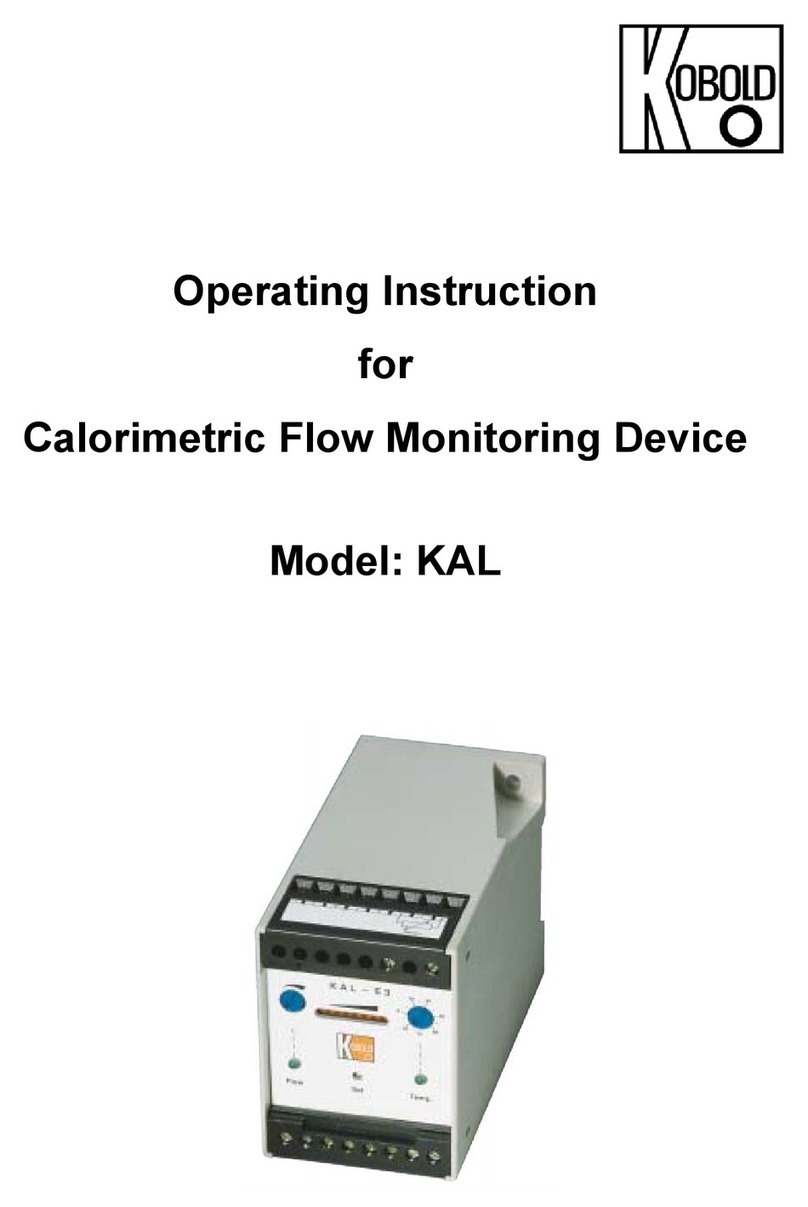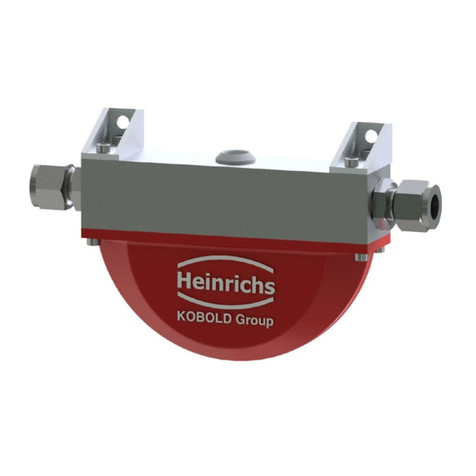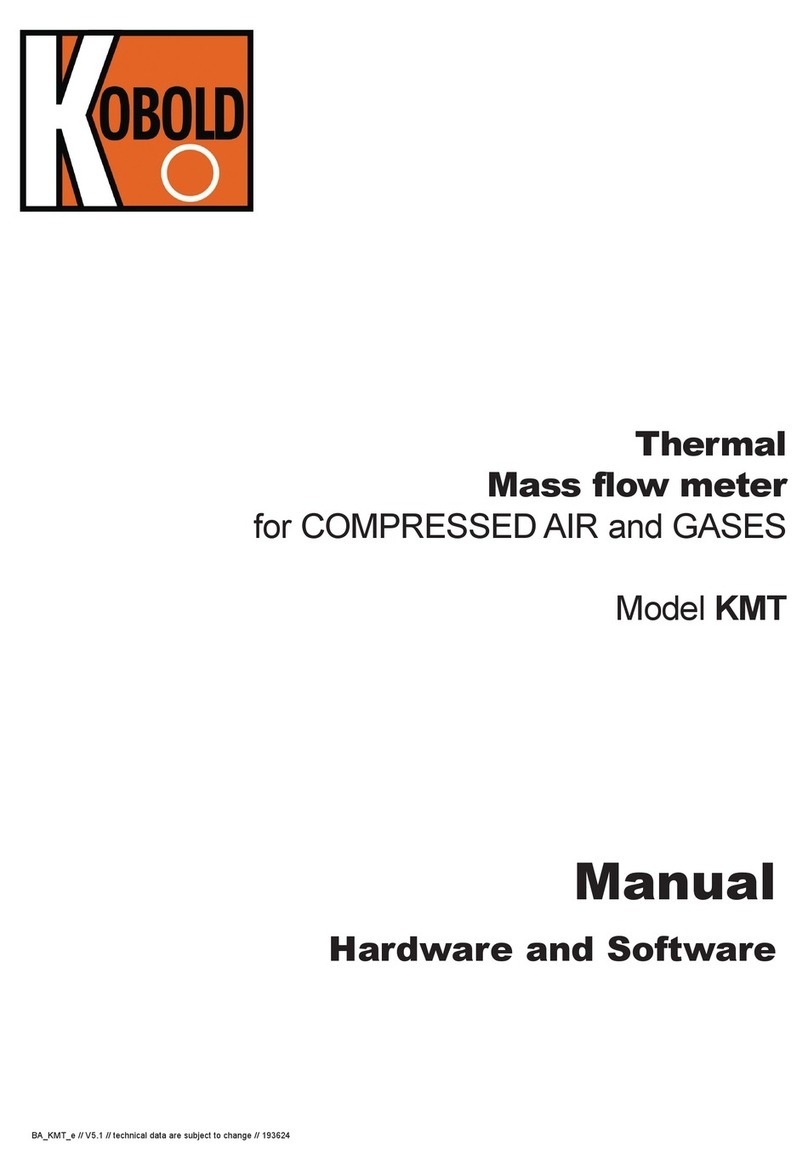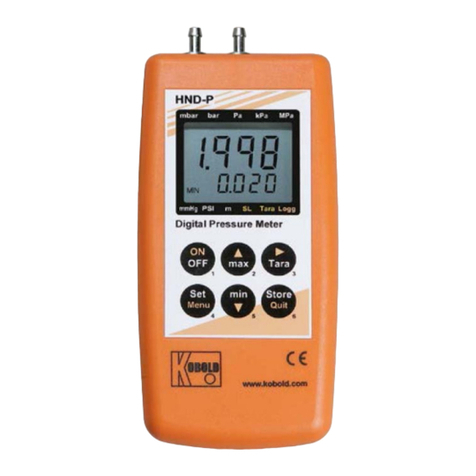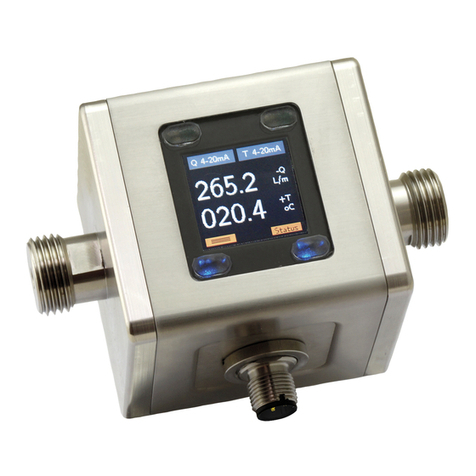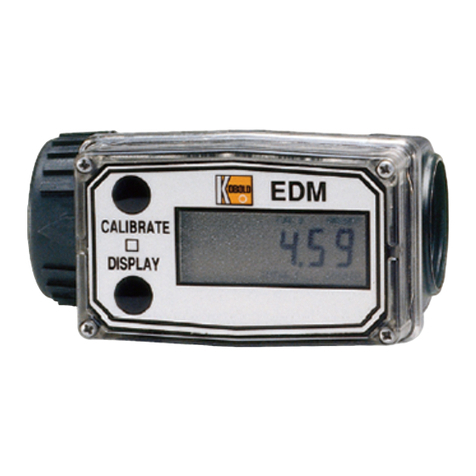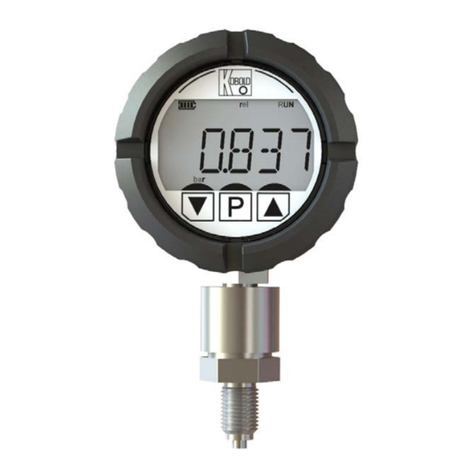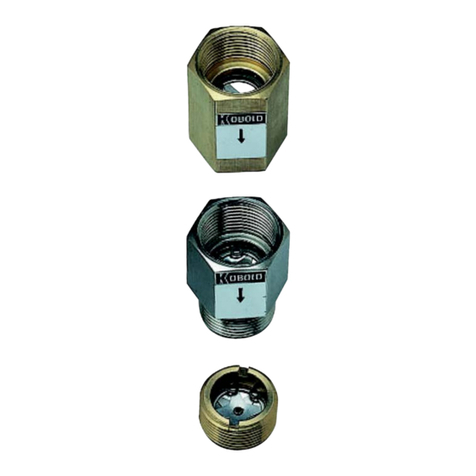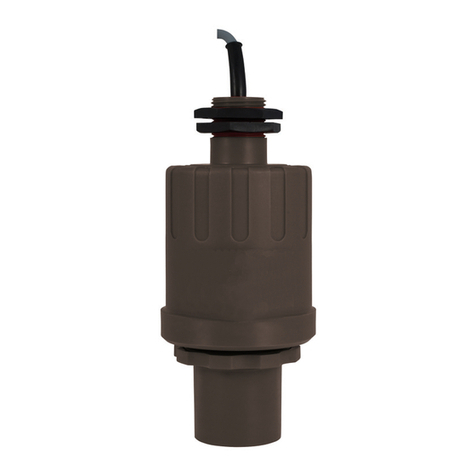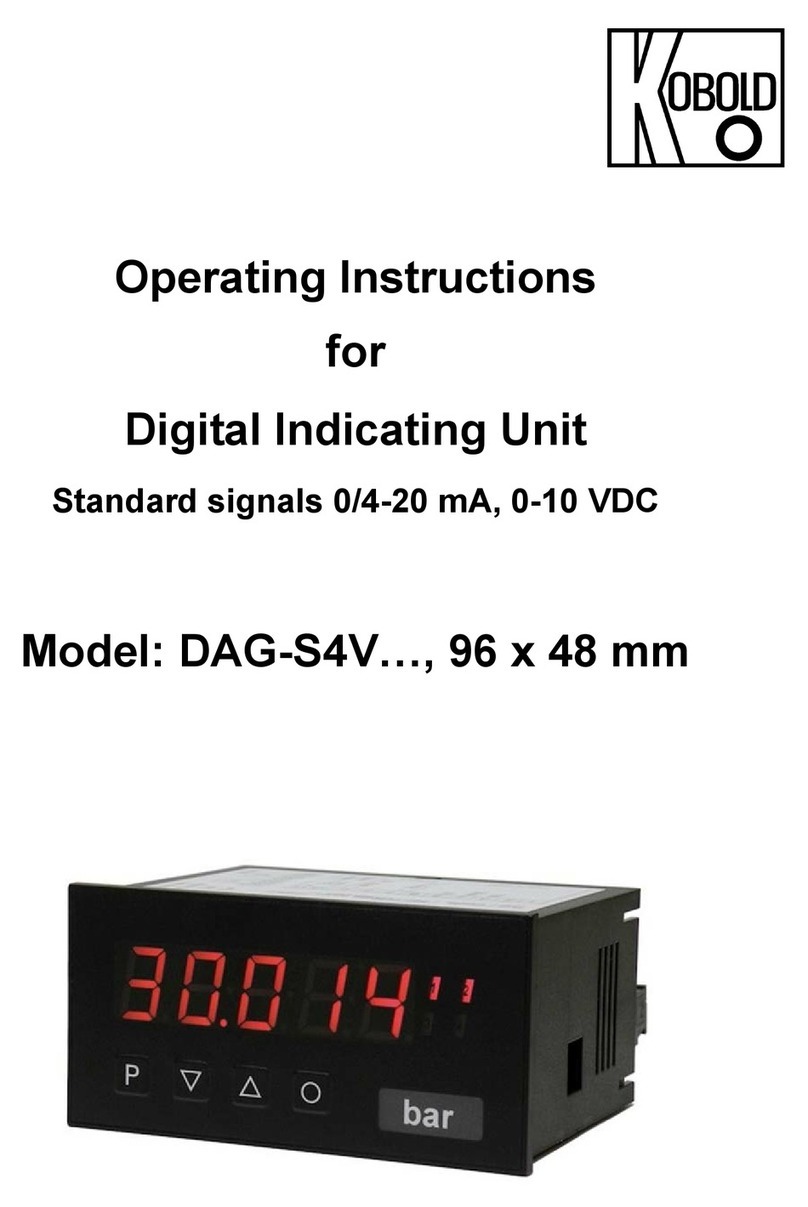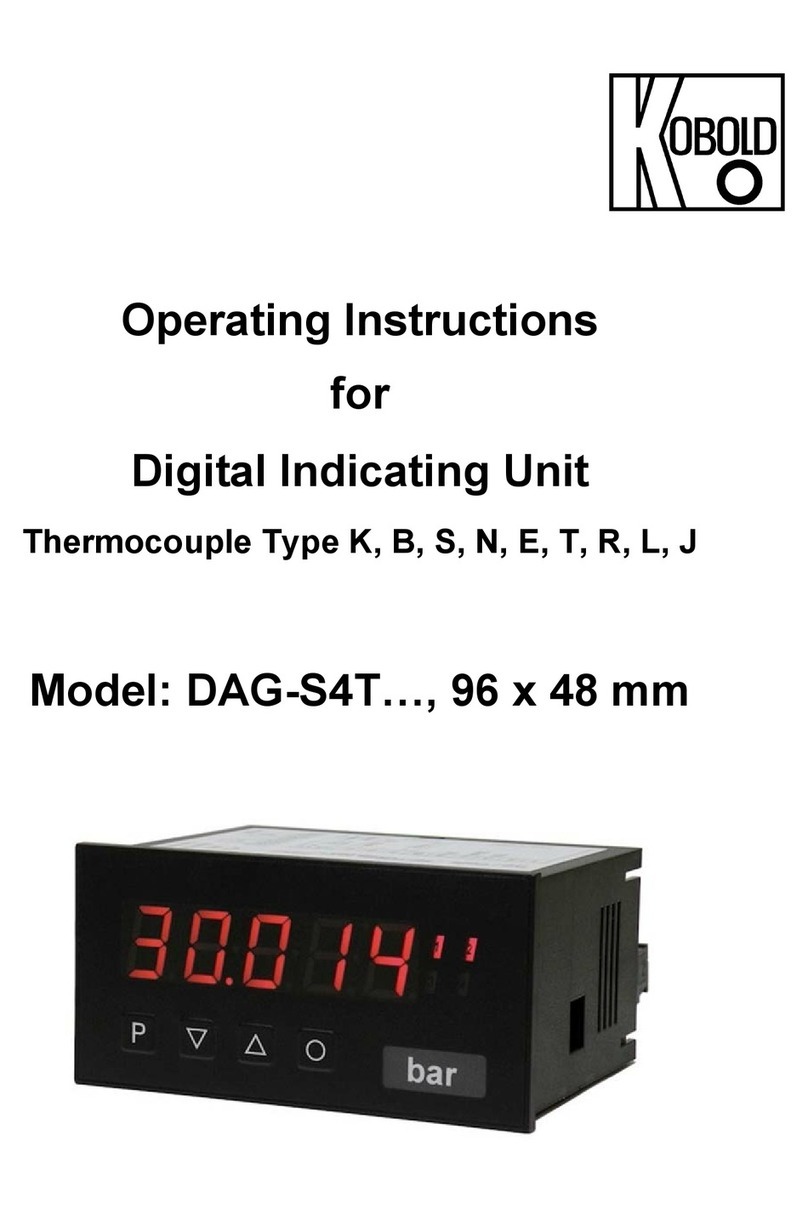
DON
page 2 DON K36/1222
1. Contents
1.Contents ........................................................................................................ 2
2.Note .............................................................................................................. 4
3.Instrument Inspection .................................................................................... 7
4.Regulation Use ............................................................................................. 7
5.Operating Principle ........................................................................................ 8
6.Mechanical Connection ................................................................................. 8
6.1General ................................................................................................ 8
6.2Orientation ........................................................................................... 9
6.3Flow Conditioning and Location ......................................................... 10
7.Electrical Connection .................................................................................. 11
7.1Connecting Cable .............................................................................. 11
7.2Electrical connection for integrated electronics options ..................... 11
7.3Internal wiring with electronic options –Zx ......................................... 15
7.4External wiring with electronic unit ZOK-Zx ....................................... 19
8.Commissioning............................................................................................ 21
9.Maintenance ............................................................................................... 22
9.1Disassembly of DON with Pulse meter .............................................. 23
9.2Demounting of the electronics mounted on a DON with option Zx or
1A…5A .............................................................................................. 30
9.3Spare Parts ........................................................................................ 30
9.4Inspection (refer Exploded View) ....................................................... 30
9.5Re-assembly of DON ......................................................................... 30
10.Technical Data ............................................................................................ 34
11.Pressure drop curves .................................................................................. 34
12.Order codes ................................................................................................ 34
13.Dimensions ................................................................................................. 34
14.Disposal ...................................................................................................... 35
15.Troubleshooting .......................................................................................... 36
16.Use in Ex areas ........................................................................................... 38
16.1General information ........................................................................... 38
16.2ATEX version Exi (electronics options xA) ......................................... 41
16.3ATEX Exd version (electronic options BE/HE/DE/GE/KE/LE) ............ 48
17.EU Declaration of Conformance ................................................................. 50
18.UK Declaration of Conformance ................................................................. 52
19.Statement of Conformity ............................................................................. 53
20.Exd Certificate ............................................................................................. 58
21.IECEx Certificate ......................................................................................... 61
22.State of safeness ........................................................................................ 65
